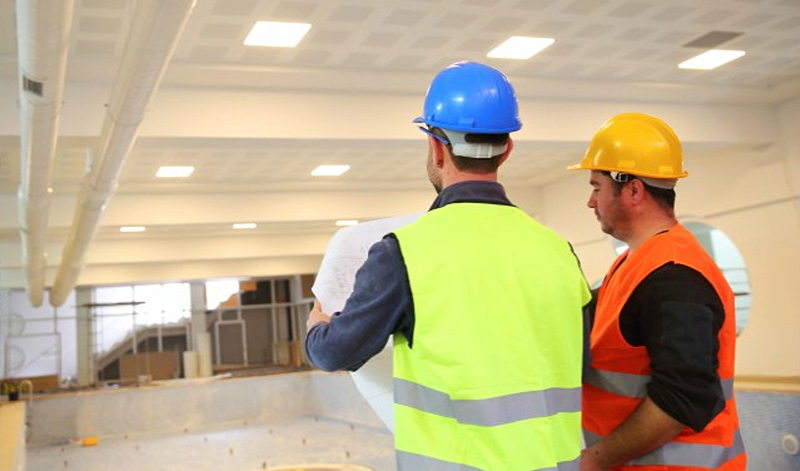
Building Recommissioning: Tune-Up Opportunities
Recommissioning helps ensure that buildings are operating optimally according to their current needs. As part of the recommissioning process, all elements of a building and its energy-using systems are examined. Specifically, the focus is on identifying tune-up opportunities in lighting, HVAC systems and the building envelope.
Lighting
All lighting systems become less efficient over time. While some losses are inevitable, others, such as improperly functioning controls and dust accumulation on fixtures, can be avoided. A lighting system tune-up should be performed in the following order:
Follow a scheduled lighting maintenance plan. Periodically cleaning existing fixtures and replacing older lamps in groups helps ensure proper light levels and reduces maintenance costs. Upgrading to high-efficiency LEDs further reduces operating costs and improves overall lighting quality.
Measure and ensure proper light levels. Space use and furnishings can change over time; determine if light levels are appropriate for the tasks being performed. The Illuminating Engineering Society provides recommended illuminance levels for different tasks. Correct over lit or underlit areas and ensure light uniformity.
Calibrate lighting controls. Occupancy or light level controls may not have been properly calibrated at the time of installation, or occupants may have tampered with them over time. Adjusting these controls and the associated sensors can help maximize energy savings.
HVAC systems
Controls play a critical role in providing a comfortable indoor environment. Over time, temperature sensors and thermostats may drift out of tune. Thermostats are frequently adjusted manually and poorly calibrated sensors can increase heating and cooling loads while reducing comfort. To tune up HVAC controls, take the following steps:
Calibrate indoor and outdoor building sensors. Make sure thermostats, humidistats and pressure and temperature sensors are properly calibrated according to their original design specifications.
Inspect damper and valve controls for proper operation. Examine dampers to ensure they open and close properly. Dampers can become stuck, causing improper changes in the amount of air entering the supply air stream. For pneumatically controlled dampers, check for leaks in compressed air hoses.
Review building operating schedules. HVAC controls should be adjusted to heat and cool the building properly during occupied hours. Operating schedules can change frequently over the life of a building and control schedules often aren’t adjusted accordingly, reducing comfort and efficiency.
Building envelope
Air infiltration is a significant energy drain that can be addressed during recommissioning. Outside air can penetrate a building through window, doors, walls and the roof. To reduce air infiltration, take the following steps during recommissioning:
- Locate all air leaks in the windows, doors, walls and roof of the building.
- Seal by installing weatherstripping on doors and caulking windows. Make sure the entire building is insulated according to levels recommended in ASHRAE 90.1 Energy Standard for Buildings.
- Encourage the use of revolving doors in buildings so equipped, which significantly reduces drafts and the loss of conditioned air.
- Calibrate automatic doors to minimize air loss during opening and closing.
For more information and best practices regarding recommissioning, see ASHRAE Guideline 0.2 Commissioning Process for Existing Building Systems and Assemblies.